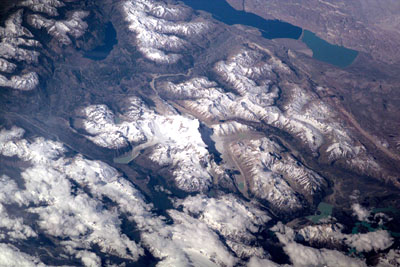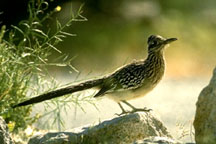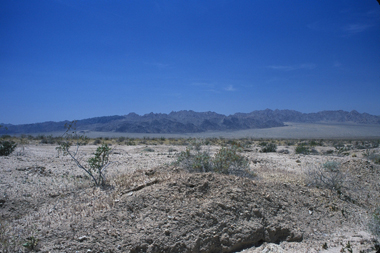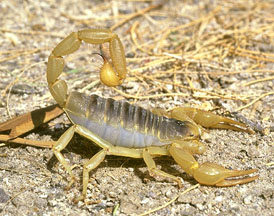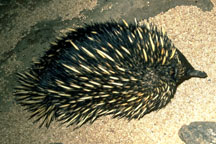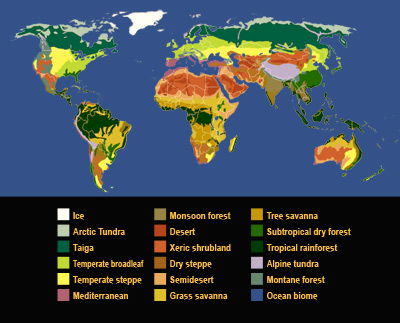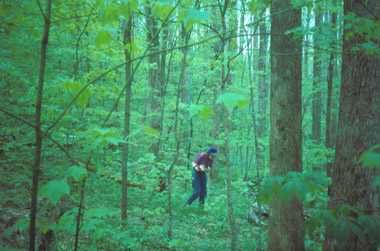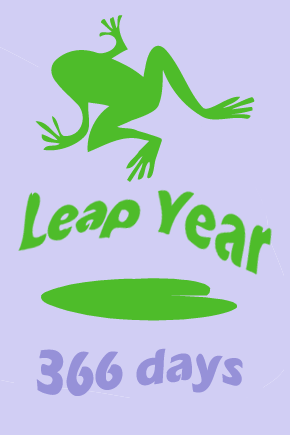
Lisa Gardiner/Windows to the Universe
Related links:
Leap Year: What is it and when does it happen?
The calendar used in most parts of the world today, known as the Gregorian calendar, has 365 days in most years. However, the length of an actual year is 365.2425 days. That's the time it takes for the Earth to make one trip around the Sun. Through a little simple math, you can figure out that there is approximately an extra quarter of a day. If the calendar didn’t have a way to take this into account, then each year the calendar would get a little more out of rhythm from the cycle of the seasons.
But we do have a way to take that portion of a day into account. Approximately every four years in the Gregorian calendar, February has 29 days instead of the usual 28 days. This type of year is called a leap year.
It is actually a bit more complex than every four years. In fact, the extra day is added to every year that can be evenly divided by the number four unless that year can also be evenly divided by 100, in which case it is only a leap year if it can also be evenly divided by 400.
Let’s review what that means for a few recent years:
The year 2008 is evenly divisible by 4
2008/4=502
So it is a leap year.
The year 2006 is not evenly divisible by 4.
2006/4=501.5
So it was not a leap year.
The year 2000 is evenly divisible by 4.
2000/4 = 500
But it is also divisible by 100.
2000/100=200
Is it also divisible by 400? Yes it is!
2000/400=5
Thus the year 2000 was a leap year.
Other calendars also have ways to account for this quarter day of difference. The Revised Julian Calendar adds an extra day to February in certain years. It has a slightly different formula than the Gregorian calendar for calculating which years get this extra day. The Ethiopian calendar adds an extra day at the end of every forth year. The Chinese calendar adds an extra month for leap year. The Hebrew calendar adds an extra month in seven out of every 19 years.






